This weekend marks the last for the Museum of London at its London Wall location north of St. Paul's Cathedral and along part of London's old city walls. The location was home to the museum for 45 years. Visitors flocked to the museum on Saturday, and tomorrow is also sure to be a busy day ahead of the closure. To celebrate the museum, the weekend held a celebration of music, theatre, and cinema over the final weekend. Museum of London will not stay permanently closed; it will be moving to Smithfield (the meat market) in Farringdon and will open in 2026 under a new name: London Museum. The new Museum of London will have a "nightclub in residence" named Fabric at its new Smithfield location when it opens in 2026.

The current building dates from 1976, and it is currently uncertain what will happen to it; people are against its demolition.

Inside the museum were its moving plans and a model of Smithfield market, which will be the new home to the museum. The vaults of the market are expected to be transformed into an interactive space. There will be more room to show off additional collections. Vehicles will also be displayed as will the Cheapside Hoard, which I visited at the museum over a decade ago now (here).

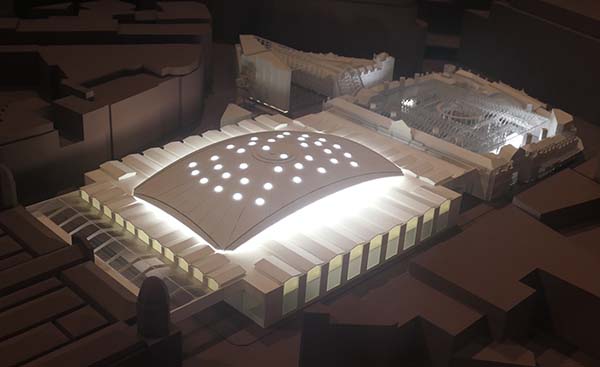
Some additional work at Smithfield will be to join two buildings by removing fill of old demolition work. This wide space could host special events, festivals, and performances. The new location means that the museum will be accessible by a wider range of people coming from different parts of London on different lines. The current building entrance is located up an escalator or stairs, and it's not very accessible, although there is an old lift. The idea is to create a wider "Culture Mile", which would encompass the Barbican centre.
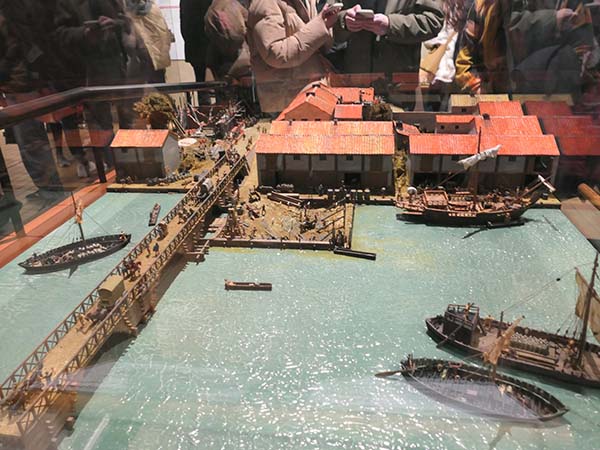
Construction of bridge across Thames
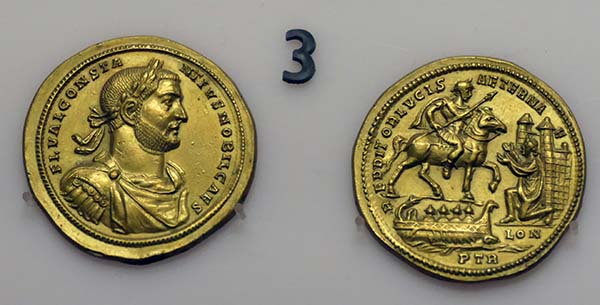
Minted coins in London from Roman era
As the museum was busy, I just revisited it to explore the areas again for the final time at its London Wall location. The museum covers pre-London from prehistoric times to the present day. There were some main areas from London's timeline that I followed: London before the Romans as a town settled by the various tribes of Britain, London in the Roman times (which had a large influence on how the town was formed and developed), the Middle Ages, the Plague, The Great Fire of London, the 1600s/1700s, the Victorian age, and the present day.
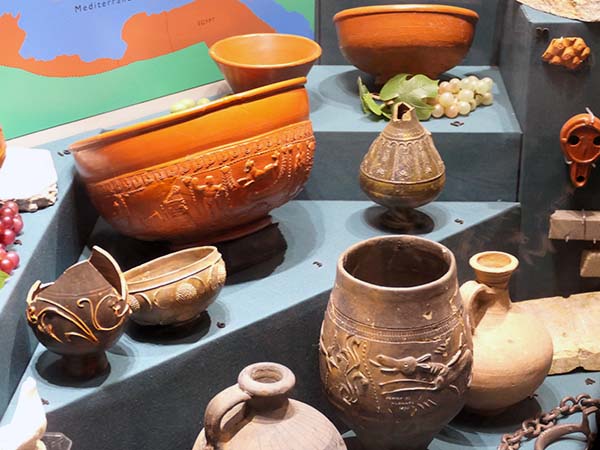
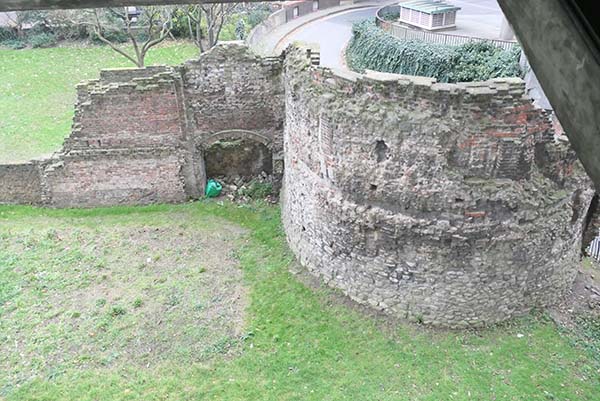
View of the old Roman walls, London's old walls, from the Museum of London
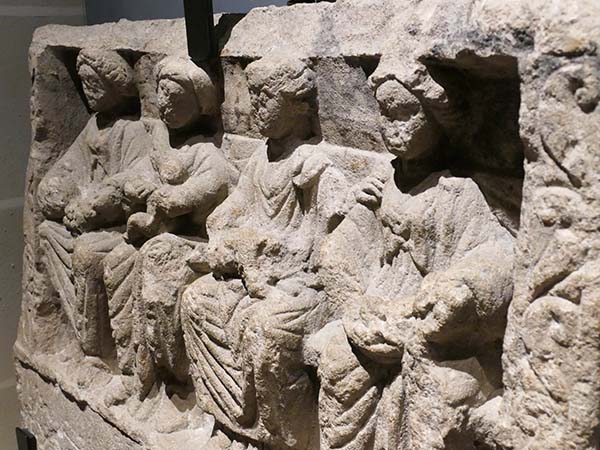
The first London, which may have been a town of British tribes, was under Roman influence. Boudica and the Iceni tribe from modern day Essex destroyed the first London. It was burned to the ground but then rebuilt and under Roman control until around 200AD. Each era had additional exhibits with focus on London, such as the Temple of Mithras, which I visited a few years ago (here). Another exhibit was the Spitalfields lead coffin and Spitalfields woman, containing the skeleton of a young wealthy Roman woman inside of a cemetary off Bishopsgate and near to Spitalfields market.

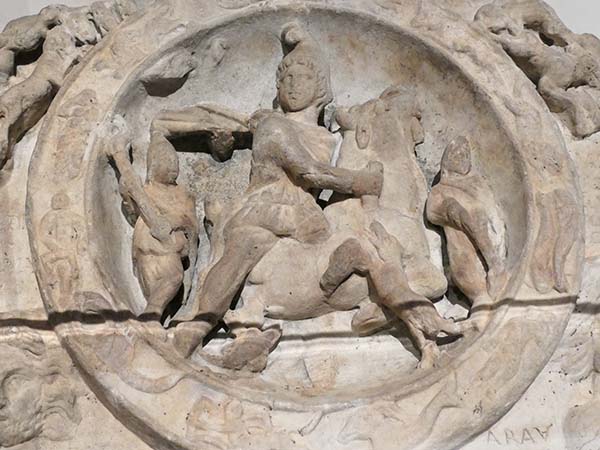
The next section was the arrival of the Anglo-Saxons and a settlement formed to the west of the main City of London that was named Lundenwic (London port).

By the early 1000s, the first St. Paul's Cathedral was built, and a model is on display. This was later destroyed by the Great Fire of London and rebuilt with a dome. There was a large selection of religious-related items of importance to London's history, but I admit that this is one area that I did not spend much time looking at.
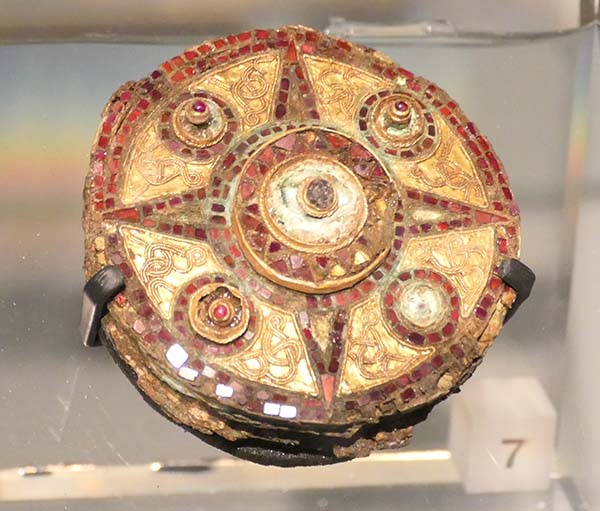
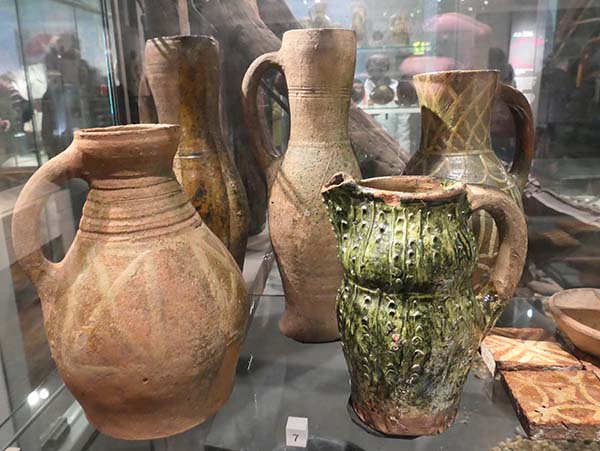
Medieval pottery
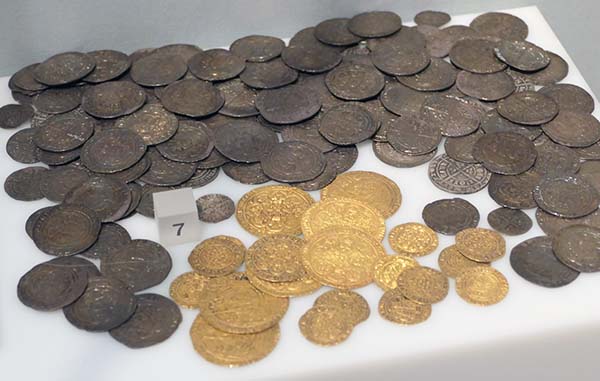
Hoards of coins, jewelery, or other precious items were usually hidden to safe-guard them, especially during periods of unrest.
A model of Shakespeare's Globe is also on display in the museum in the early 1600s era, which was a popular time for performance and theatre in London's timeline with Shakespeare. London's current Globe is a reconstruction of this, and it's placed along the Thames near to where the original was located.
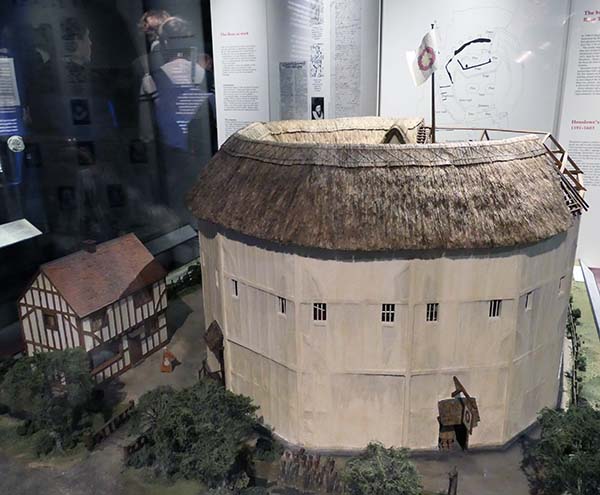
The copperplate map was used for printing accurate maps. Only three of these exist, but no print has been found. Two were on display in the museum with a third in Germany. There would have been a set of fifteen, but only these three remain.
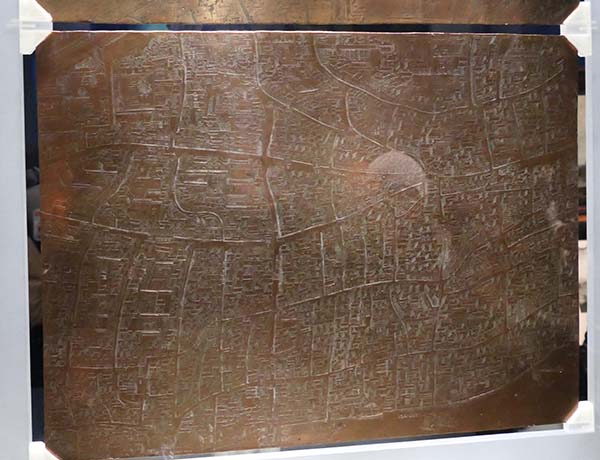
Another section of the museum covers the Civil War, and there is a section about the Plague with some items from that time, including a Plague bell and various objects that people could carry with them that they believed could protect them from disease. Agate was meant to provide protection, and disease was thought to spread through bad smells. They did not realise that it was rats, mice, and fleas spreading the disease. (In these times, the church considered cats to be demonic, and they would be killed, so there was not a large cat population to keep their numbers down, which may have helped to prevent the spread of the disease.)
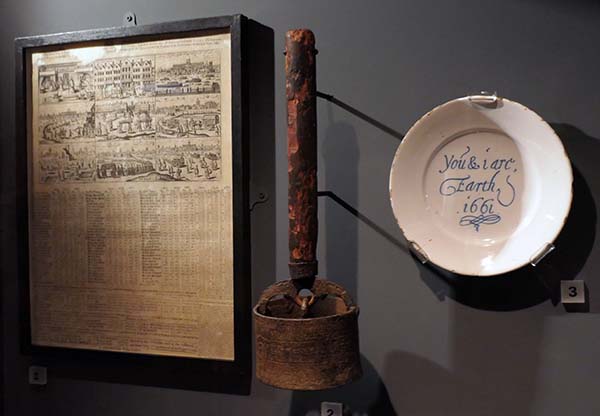
The next section covered London's great fire. A portable baker's stove from this time was on display. There were several paintings of London burning on display and several items that were on display with fire damage.
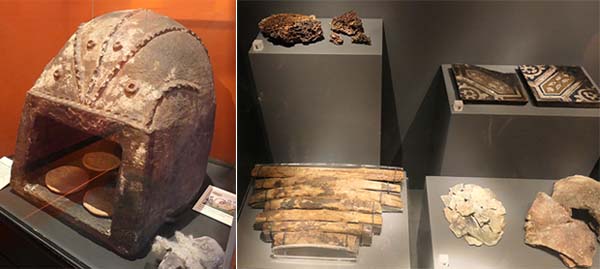
The Victorian times covered a large range of everyday items, Britain as an Empire, and modern consumerism. Visitors could walk through a Pleasure Garden, one of the fixtures of the Victorian age where people (the middle and upper classes) could stroll around the gardens in their best dress, gossip, and conduct in business or general chat. It was usually a place to be seen. A reconstructured Victorian shopfront included shops with items seen during the Victorian age. There were displays with other items - toys, dolls, dollhouse, teasets, items from the empire and the wealthy, elaborate jewellery and dresses.
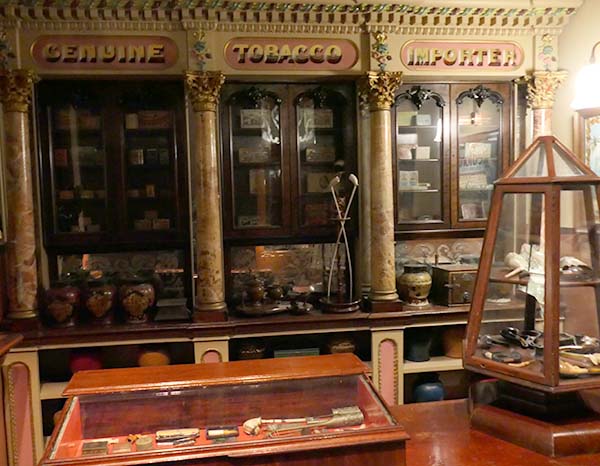
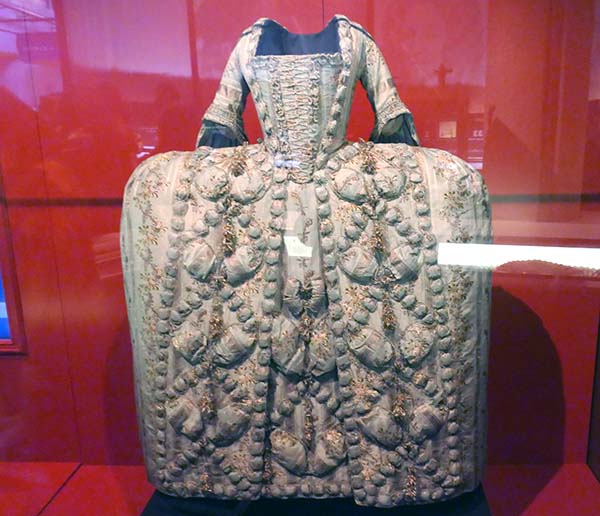
This contrasted with a prison cell that visitors can walk into to see how criminals and perhaps debtors would find themselves in. Not everyone had the same opportunity.
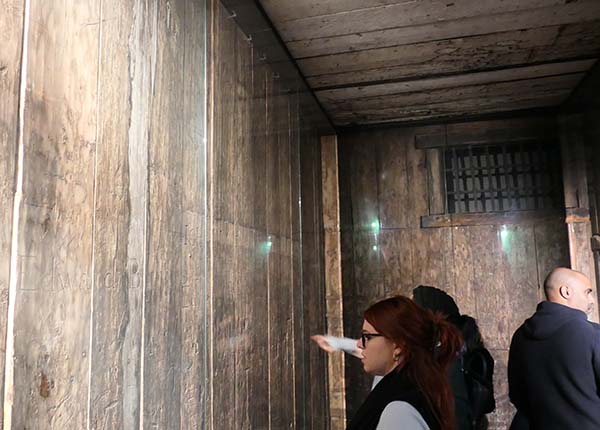
The war eras, 1960s through to the present day were also featured. In the past, I'd seen the Lord Mayor's gold chariot, which is paraded down the City every early November. I also did not see the original Gog and Magog effigies that made appearances during the Lord Mayor's Day parades in the past. There's just so much to see, and it was easy to miss things this time due to it being extremely busy. I was happy to see the museum busy and to see a wide range of people of all ages visiting the museum and an interest in history and London's history.
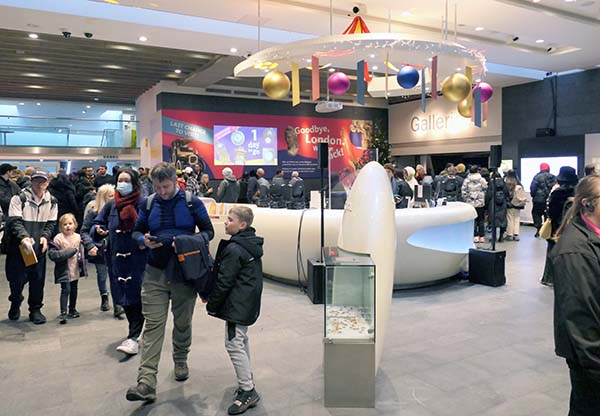
I am sad to see Spitalfields meat market close. I am hoping that new museum allows more space for London's history and better lighting and room on the exhibits. The flow of the current museum is too narrow, especially for crowds, and hard to read some of the descriptions. The lighting is not great in the current museum, and some of them are at different levels too close to the floor and not up at mid-height level.
Other posts that you may find interesting on this blog of previous visits to the Museum of London and other sites related to exhibtions in the museum:
Cheapside Hoard at the Museum of London
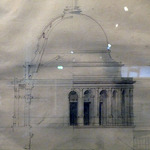

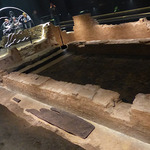
Leave a comment